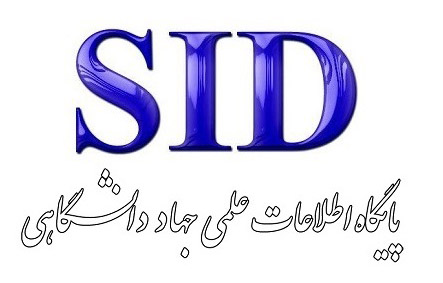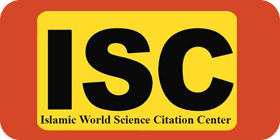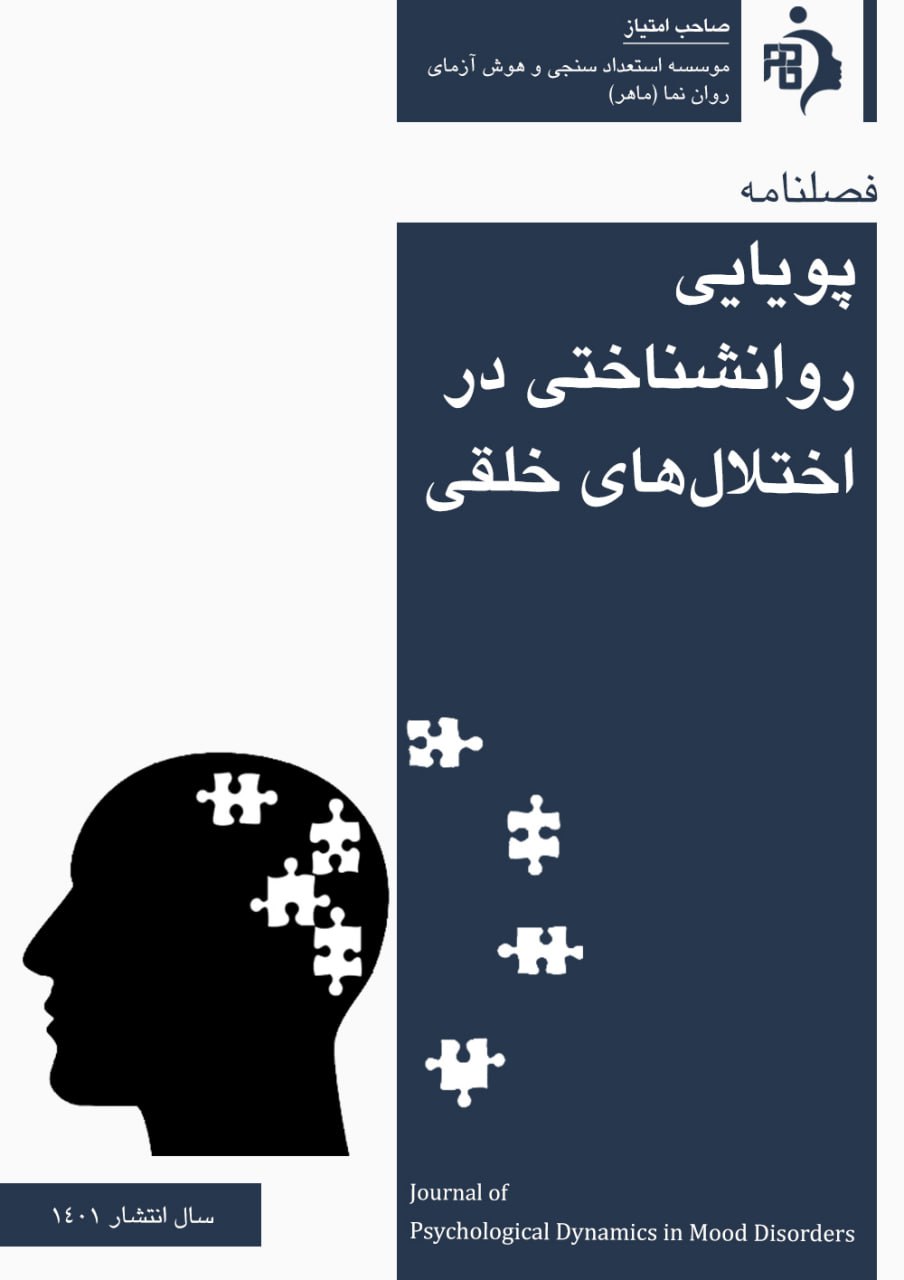Prediction of False Memory Based on Schematic Mindset and Attentional Bias with the Mediating Role of Positive and Negative Affect in Patients with Mood Disorders
Keywords:
Mood disorders, false memory, schema mentality, attention bias, positive and negative emotions.Abstract
Objective: The present study aimed to examine the structural model of false memory based on schematic mindsets and attentional bias, with the mediating role of positive and negative affect in patients with mood disorders.
Methodology: The research method was descriptive-correlational, using structural equation modeling (SEM). The statistical population included all male and female patients diagnosed with major depressive disorder and bipolar disorder who visited psychiatric centers during the 2023–2024 period. From this population, 200 individuals were selected using purposive sampling. Data collection tools included the False Memory Task (Roediger & McDermott, 1995), the Young Schema Questionnaire (Young et al., 2008), the Attention Bias Questionnaire (Woody et al., 1997), and the Positive and Negative Affect Schedule (Watson et al., 1988). Data were analyzed using structural equation modeling with SPSS and AMOS software.
Findings: The results indicated that schematic mindsets and attentional bias had both direct and indirect significant effects (through positive and negative affect) on false memory (P < 0.01). Furthermore, negative affect acted as an intensifying factor, while positive affect played a moderating role in the formation of false memory (P < 0.01).
Conclusion: These findings underscore the importance of cognitive and emotional factors in the emergence of memory distortions in mood disorder patients and can inform the development of effective therapeutic interventions aimed at reducing cognitive distortions and enhancing memory performance.
Downloads
References
Aalbers, G., Engels, T., Haslbeck, J. M., Borsboom, D., & Arntz, A. (2021). The network structure of schema modes. Clinical Psychology & Psychotherapy, 28(5), 1065-1078. https://doi.org/10.1002/cpp.2577
Bär, A., Bär, H. E., Rijkeboer, M. M., & Lobbestael, J. (2023). Early Maladaptive Schemas and Schema Modes in clinical disorders: A systematic review. Psychology and Psychotherapy: Theory, Research and Practice, 96(3), 716-747. https://doi.org/10.1111/papt.12465
Barahani, M. N., Alipour, A., & Abolghasemi, A. (2008). Construction and psychometric properties of the Positive and Negative Affect Schedule (PANAS) in the Iranian population. Journal of Psychology, 12(3), 234-250. https://www.sid.ir/paper/207943/fa
Barkasi, M., & Sant'Anna, A. (2022). Reviving the naïve realist approach to memory. Philosophy and the Mind Sciences, 3. https://doi.org/10.33735/phimisci.2022.9192
Besharat, M. A. (2012). Validation of the Young Schema Questionnaire (Third Edition) in an Iranian sample. Iranian Journal of Psychiatry and Clinical Psychology, 18(4), 310EP - 318. https://civilica.com/doc/1892584/
Bookbinder, S. H., & Brainerd, C. J. (2016). Emotion and false memory: The context-content paradox. Psychological bulletin, 142(12), 1315. https://doi.org/10.1037/bul0000077
Booth, R. W., & Sharma, D. (2020). The role of affect in attentional bias. Emotion Review, 12(1), 22-36. https://doi.org/10.1177/1754073919872633
Bulatova, O., & Fukuda, K. (2025). Prediction-based false memory: Unconfirmed prediction can result in robust false memories. Cognition, 255, 106013. https://doi.org/10.1016/j.cognition.2024.106013ER -
Christensen, T. C., Thomas, M. L., & Waller, N. G. (2024). Mood disorders and cognition: A longitudinal perspective. Journal of affective disorders, 338, 145-153. https://www.tandfonline.com/doi/abs/10.1080/23279095.2021.1979551
Fandakova, Y., & Dennis, N. A. (2024). Introduction to the special issue: the neuroscience of false memory. Memory, 32(10), 1267-1127. https://doi.org/10.1080/09658211.2024.2418768
Fatemi, A., Zargar, Y., & Rafiei, H. (2017). Psychometric properties of the Schema Modes Questionnaire in clinical and non-clinical samples. Journal of Psychological Science, 16(62), 145-158. https://tpccp.um.ac.ir/article_44991.html
Gulsirin, E., & Ikir, M. (2024). False memories in affective disorders: A cognitive-emotional integration. Cognitive Neuropsychiatry, 29(1), 1-15. https://tesidottorato.depositolegale.it/handle/20.500.14242/190311
Harmer, C. J., Duman, R. S., & Cowen, P. J. (2017). How do antidepressants work? New perspectives for refining future treatment approaches. The Lancet Psychiatry, 4(5), 409-418. https://doi.org/10.1016/S2215-0366(17)30015-9
Hawke, L. D., & Provencher, M. D. (2011). Schema theory and schema therapy in mood and anxiety disorders: A review. Journal of Cognitive Psychotherapy, 25(4), 257-276. https://doi.org/10.1891/0889-8391.25.4.257
Kaplan, J. T., Johnson, M. K., & Richards, J. M. (2023). Emotion and memory accuracy: Investigating positive emotion regulation. Emotion, 23(2), 321-333. https://psycnet.apa.org/record/2013-27670-001
Lee, K. H., Park, M., & Jang, J. H. (2023). Selective attention to negative information in depression: A systematic review. Psychological bulletin, 149(4), 305-324. https://www.cambridge.org/core/journals/psychological-medicine/article/selective-attention-for-negative-information-and-depression-in-schizophrenia/4E15EDFB0A2AE9500F1219DBB2969472
Matsumoto, N., Watson, L. A., & Kuratomi, K. (2023). Schema-driven involuntary categoric memory in depression. Cognitive therapy and research, 47(1), 52-68. https://doi.org/10.1007/s10608-022-10329-6
Mertens, Y., Yılmaz, M., & Lobbestael, J. (2020). Schema modes mediate the effect of emotional abuse in childhood on the differential expression of personality disorders. Child abuse & neglect, 104, 104445. https://doi.org/10.1016/j.chiabu.2020.104445
Moritz, S., Schneider, B. C., Peth, J., Arlt, S., & Jelinek, L. (2018). Metacognitive Training for Depression (D-MCT) reduces false memories in depression. A randomized controlled trial. European Psychiatry, 53, 46-51. https://doi.org/10.1016/j.eurpsy.2018.05.010
Nasiri, H., Amiri, S., & Akbari, M. (2019). Application of the false memory paradigm in patients with bipolar disorder. Journal of New Research in Psychology, 14(53), 87-102. https://civilica.com/doc/732374/
Niknam, S., Rezaei, M., & Sharifi, M. (2018). Validation of the Attention Bias Questionnaire in individuals with depression. Journal of Cognitive Behavioral Therapy, 7(2), 88-97. https://madsg.com/%D9%BE%D8%B1%D8%B3%D8%B4%D9%86%D8%A7%D9%85%D9%87-%D8%B3%D9%86%D8%A7%D8%B1%DB%8C%D9%88%D9%87%D8%A7%DB%8C-%D9%85%D8%A8%D9%87%D9%85-%D8%A8%D8%B1%D8%A7%DB%8C-%D8%A7%D9%81%D8%B3%D8%B1%D8%AF%DA%AF%DB%8C/
Otgaar, H., Muris, P., Howe, M. L., & Merckelbach, H. (2017). What drives false memories in psychopathology? A case for associative activation. Clinical Psychological Science, 5(6), 1048-1069. https://doi.org/10.1177/2167702617724424
Phillips, K., Brockman, R., Bailey, P. E., & Kneebone, I. I. (2020). Schema in older adults: does the schema mode model apply? Behavioural and Cognitive Psychotherapy, 48(3), 341-349. https://doi.org/10.1017/S1352465819000602
Pool, E., Brosch, T., Delplanque, S., & Sander, D. (2016). Attentional bias for positive emotional stimuli: A meta-analytic investigation. Psychological bulletin, 142(1), 79. https://doi.org/10.1037/bul0000026
Reinhard, M. A., Kocur, J. L., Roth, L., Roediger, H. L., & McDermott, K. B. (2022). Schema modes in affective disorders: A transdiagnostic perspective Creating false memories: Remembering words not presented in lists. Behavioural and Cognitive Psychotherapy, 50(2), 202-215. https://doi.org/10.1037/0278-7393.21.4.803
Rezaei, S., Gharaee, B., & Habibi, M. (2015). Application of the DRM paradigm in assessing memory distortion in depressed patients. Iranian Journal of Psychiatry and Clinical Psychology, 21(1), 54-64. https://www.sid.ir/fa/VEWSSID/J_pdf/61513947401.pdf
Salgó, E., Bajzát, B., & Unoka, Z. (2021). Schema modes and their associations with emotion regulation, mindfulness, and self-compassion among patients with personality disorders. Borderline personality disorder and emotion dysregulation, 8(1), 19. https://doi.org/10.1186/s40479-021-00160-y
Sejunaite, K., Lanza, C., & Riepe, M. W. (2018). Everyday false memories in older persons with depressive disorder. Psychiatry research, 261, 456-463. https://doi.org/10.1016/j.psychres.2018.01.030
Whitekind, J. A. B. P. D., & Morgan, J. E. (2022). Depression and memory distortions: The role of emotional valence. Memory, 30(7), 929–944. https://journals.sagepub.com/doi/abs/10.1037/a0030029
Downloads
Published
Submitted
Revised
Accepted
Issue
Section
License
Copyright (c) 2025 مصطفی انصاریون (Author); حسن میرزا حسینی (Translator); مجید ضرغام حاجبی (Author)

This work is licensed under a Creative Commons Attribution-NonCommercial 4.0 International License.









